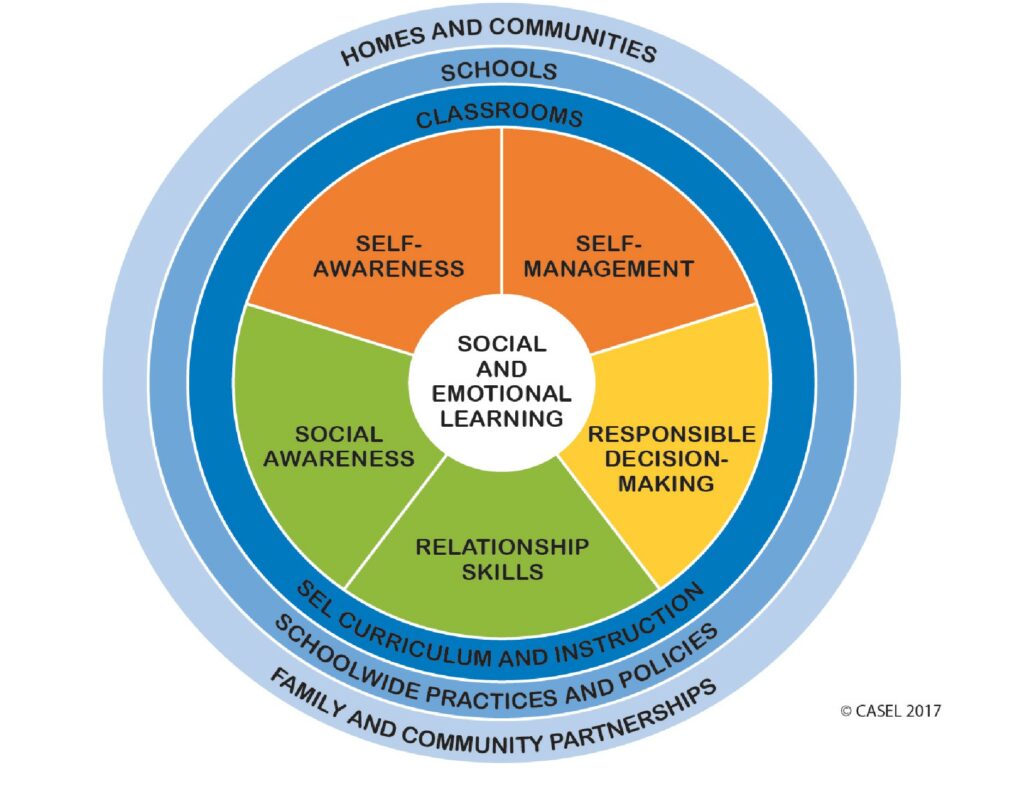To be honest, I don’t really have a teaching philosophy yet. I have only worked with children for four years and most of the experience was within summer or after school camps. However throughout the last year, I have learned a lot about classroom management. Here are a couple ideas I would like to bring into my future classroom.
Social Emotional Learning
As a teacher, I am looking forward to bringing Social Emotional Learning (SELs) and self-regulation into my classroom. By teaching children SELs, we are teaching children to be empathetic and compassionate (which is something people are not born knowing). While children are young, we need to teach them how to properly feel their emotions and communicate with people. When children’s needs are not being met, they shut down. By teaching self-regulation, we are giving students the resources on what to do when they feel a certain way. Children that learn SELs may still throw an occasional tantrum, but they are more likely to know what is making them upset and try and fix the problem.
Gradual Release of Responsibility

I am so excited to use the Gradual Release of Responsibility (GRR) model in my classroom. Tying in closely with Vygotsky’s Zone of Proximal Development (ZPD), the GRR model shows how lessons and units should be taught with the responsibility starting with the teacher and ending with the student independently. This system works since you are not throwing the students into the deep end but you are also not holding their hand the entire way through the lesson. By using the GRR model, the teacher creates independent learners that are responsible for their own learning. This also ties in with Inquiry, since students should not be expected to know how to think like an inquiry learner until the teacher shows them how.
Growth Mindset

A growth mindset is really important in a classroom since it impacts whether a student is going to be motivated to learn about the topic. If students are constantly anxious due to challenges and criticism, they will not feel safe to learn in my classroom. To increase a growth mindset, I will correct students when they say something like a fixed mindset. For example, if a student says ‘I can’t do this’ I will teach them to say ‘I can do this with some help.’ If students grow up with a growth mindset, their lives will constantly be filled with adventure since they are moving up to new challenges. Having a growth mindset will also improve anxiety within students since they will not back down from challenges and be confident in their actions.
Most importantly, I want to be the teacher that I would want when I was younger. Looking back, there are so many different activities and experiences I wish I had as a kid. For example, Outdoor Education was not as prominant when I was in elementary school. I am going to make sure I am always trying my best and creating activities that I am passionate about!
